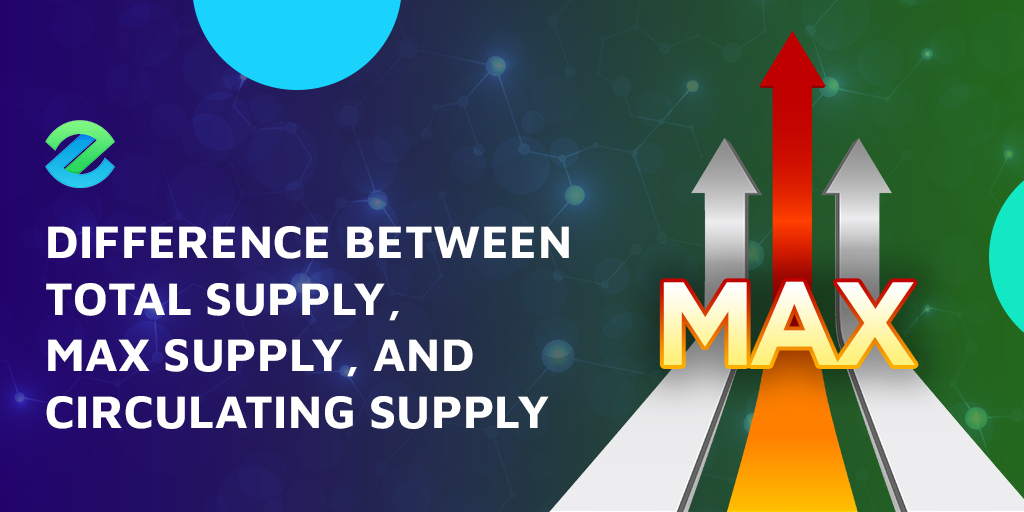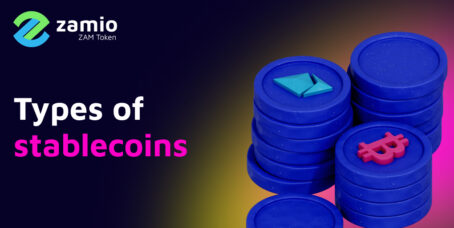Table of Contents
Circulating supply
Circulating supply is the number of coins or tokens available in the market owned and traded by the general public, excluding any coins or tokens held in reserves.
On the one hand, new coins or tokens are introduced gradually to the market by either minting them or releasing them from locked reserves, thereby increasing the circulating supply.
On the other hand, the circulating supply may decrease, either deliberately through coin or token burning or accidentally by losing access to the digital wallet forever. The protocol or policy of burning and minting coins or tokens differs from one cryptocurrency to another.
The circulating supply is a part of calculating the market cap, which is the public perceived market value of a particular cryptocurrency. The market cap equals the number of circulated coins or tokens in the market multiplied by the current market price.
An increase or decrease in the circulating supply will affect the price and hence the market cap value of the coin or token in question. All being equal, as the circulating supply increases, coins become cheaper. Conversely, as circulation shrinks, coins become more valuable.
Total supply
Total supply is the sum of coins or tokens circulating in the market and inaccessible to the market (held in reserves). Many creators of new crypto projects lock a number of coins to reward their team members or avoid a price crash after the initial coin offering. These frozen coins are included in the calculation of total supply but excluded from the circulating supply. The total supply can either decrease by burning existing coins or increase by issuing new ones or releasing locked reserves to the market.
Max Supply
Max supply is the number of coins or tokens that will gradually reach a predetermined fixed quantity in the future. The majority of cryptocurrencies have a fixed supply. The most notable is bitcoin, with 17 million coins that will ever exist. Before the launch of Bitcoin, the maximum supply was hardcoded in its protocol. Increasing the max supply requires the consensus of the overwhelming majority of the network participants.
Few cryptocurrencies, namely Ethereum with its token Ether, have an unlimited supply, and therefore have no maximum cap. However, Ether currently has a limited annual supply of 18 million tokens without a maximum or predefined future supply limit. Hence, the monetary policy of some cryptocurrencies such as Etheuerem is flexible.
Yet some cryptocurrencies, such as XRP (Ripple), pre-mint, or pre-mine coins before they enter circulation. These cryptocurrencies reach the max supply upfront but lock coins in reserves and sell gradually to the market participants such as traders and investors.
Conclusion
To make the difference clear between total, circulating, and max supply, here is a recap:
- The circulating supply is the number of coins or tokens that currently exists in the market.
- The total supply is the number of coins or tokens currently in existence, whether in the market or off the market.
- The max supply is the number of coins or tokens that will ever exist.








